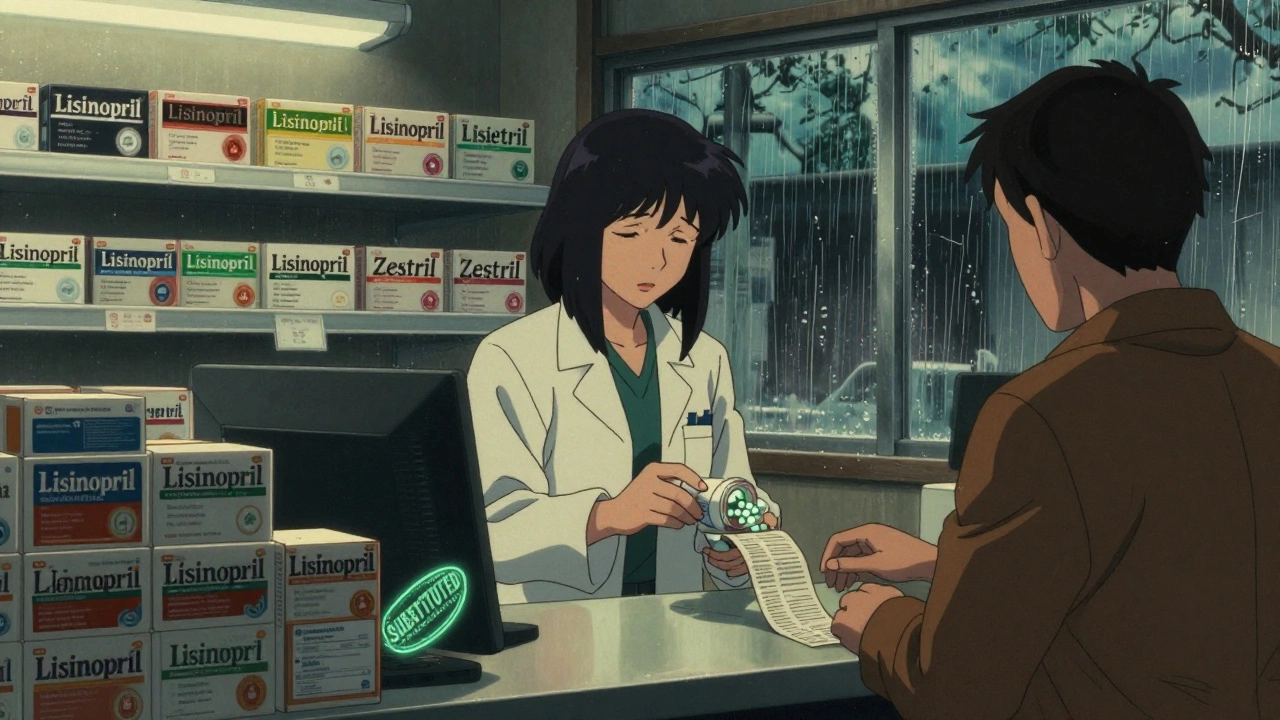Medication Substitution: What You Need to Know About Switching Drugs
When your pharmacy gives you a different pill than what your doctor prescribed, that’s medication substitution, the practice of replacing a brand-name drug with a generic or another similar drug without consulting the prescriber. Also known as generic substitution, it’s common, legal in most cases, and often saves money—but it’s not risk-free. For most people, switching to a generic version of a blood pressure or cholesterol drug works fine. But for others, even tiny differences in how the drug is absorbed can mean the difference between staying healthy and facing serious complications.
Take cyclosporine, a critical immunosuppressant used after organ transplants. It has a narrow therapeutic index, meaning the gap between an effective dose and a toxic one is very small. If your pharmacy switches you from one generic version to another—without your doctor knowing—your body might absorb less or more of the drug. That could trigger organ rejection or cause kidney damage. The same risk applies to tacrolimus, another transplant drug where even minor absorption changes can be dangerous. These aren’t theoretical concerns. Real patients have been hospitalized because of unnoticed substitutions.
It’s not just transplant meds. Some antidepressants, seizure drugs, and thyroid medications also behave differently across brands or generics. Even if two pills have the same active ingredient, fillers, coatings, and manufacturing methods can change how fast or how well your body uses them. Insurance companies push for substitutions to cut costs, but they don’t always tell you when the switch happens. You might not notice until you feel worse—or until your blood test shows something’s off.
That’s why knowing your rights matters. You can ask your pharmacist if a substitution was made. You can request the brand-name version if your doctor says it’s necessary. You can check your prescription label to see if the name changed. And you can report unexpected side effects after a switch—because if this keeps happening to people, regulators need to know.
In the posts below, you’ll find real-world examples of when medication substitution works—and when it doesn’t. From how the FDA tests generic drugs to what to do if you suspect a counterfeit pill, these guides help you spot red flags, understand your options, and speak up when something feels wrong. This isn’t about avoiding generics. It’s about making sure substitutions are safe, intentional, and never done without your awareness.

Retail vs Hospital Pharmacy: Key Differences in Medication Substitution Practices
Dec, 11 2025

Therapeutic Interchange: What Providers Really Do When Substituting Medications Within the Same Class
Nov, 20 2025
